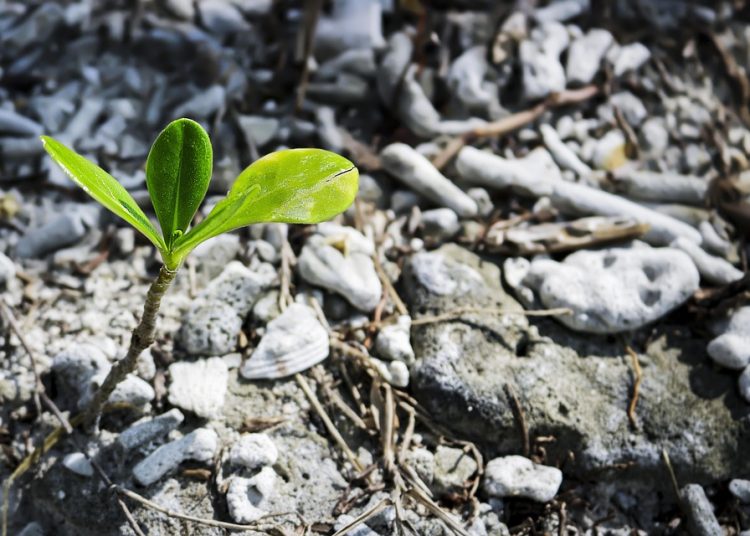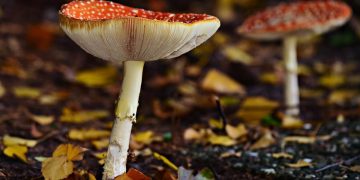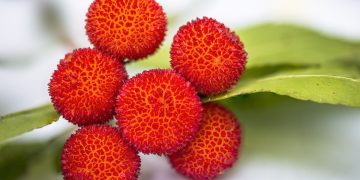Unearthing Nature’s Bounty: Mastering Food Foraging Techniques
Food foraging is a timeless practice that allows individuals to connect with nature and harvest wild edibles for sustenance. With the rise of the locavore movement and a growing interest in sustainable living, foraging has become increasingly popular among food enthusiasts. By mastering food foraging techniques, individuals can unlock the bounty of nature and discover a world of delicious and nutritious wild foods.
The Basics of Food Foraging
Food foraging involves gathering wild edibles such as fruits, vegetables, nuts, mushrooms, and herbs from natural habitats. While foraging can be a rewarding and enriching experience, it is important to approach it with caution and respect for the environment. Here are some basic guidelines for successful food foraging:
Research and Identification
Before venturing into the wild to forage for food, it is essential to research and familiarize yourself with the local flora and fauna. Learn to identify edible plants and mushrooms, as well as poisonous look-alikes. Invest in a field guide or attend a foraging workshop to sharpen your identification skills.
Harvesting Techniques
When harvesting wild edibles, it is important to do so responsibly and sustainably. Only take what you need and leave enough behind for wildlife and future foragers. Use sharp scissors or a knife to cut plants at the stem, leaving the roots intact to allow for regrowth.
Common Questions About Food Foraging
Is foraging legal?
Foraging laws vary by location, so it is important to check local regulations before harvesting wild edibles. In some areas, foraging is strictly regulated or prohibited to protect sensitive ecosystems. Always obtain permission from landowners before foraging on private property.
Are all wild edibles safe to eat?
Not all wild edibles are safe for consumption, so it is crucial to properly identify and research plants before eating them. Avoid plants with toxic look-alikes and be wary of unfamiliar mushrooms, as some species can be deadly if ingested. When in doubt, consult a knowledgeable forager or expert for guidance.
How can I incorporate wild foods into my diet?
Wild edibles can be enjoyed in a variety of ways, from salads and soups to teas and tinctures. Experiment with different cooking techniques and flavor combinations to make the most of your foraged finds. Consider preserving wild foods through drying, freezing, or pickling to enjoy them year-round.
Mastering Food Foraging Techniques
Mastering food foraging techniques requires patience, practice, and a deep appreciation for nature. By honing your skills and knowledge, you can confidently navigate the wilderness in search of wild edibles. Here are some tips to help you become a proficient forager:
Start Small
Begin your foraging journey by focusing on a few familiar and easily identifiable wild edibles. Practice proper identification techniques and gradually expand your repertoire as you gain confidence and experience. Take note of seasonal patterns and prime foraging locations to maximize your success.
Join a Foraging Group
Connecting with other like-minded foragers can be a valuable resource for learning and sharing knowledge. Join a local foraging group or attend organized foraging events to network with experienced foragers and expand your foraging skills. Collaborate on foraging expeditions and exchange tips and tricks for successful foraging.
Stay Curious and Open-Minded
Approach foraging with a sense of curiosity and wonder, embracing the diversity of wild edibles that nature has to offer. Be open to trying new foods and experimenting with different recipes and cooking techniques. Stay informed about sustainable foraging practices and conservation efforts to protect and preserve natural habitats.
Exploring the Benefits of Food Foraging
Food foraging offers a myriad of benefits beyond the simple act of gathering wild edibles. By engaging in foraging, individuals can cultivate a deeper connection to the natural world, improve their culinary skills, and enhance their overall well-being. Here are some of the key benefits of food foraging:
Connection to Nature
Foraging allows individuals to immerse themselves in the rhythms of the natural world and develop a heightened awareness of their surroundings. By foraging for wild edibles, individuals can gain a deeper appreciation for the beauty and diversity of nature and forge a stronger connection to the land.
Nutritional Benefits
Wild edibles are often rich in vitamins, minerals, and antioxidants, making them a nutritious addition to any diet. By incorporating wild foods into their meals, individuals can boost their intake of essential nutrients and enjoy the unique flavors and textures of foraged foods.
Sustainability and Conservation
Foraging promotes sustainable living practices by encouraging individuals to source food locally and reduce their reliance on conventional agriculture. By harvesting wild edibles in a responsible manner, foragers can help protect natural ecosystems and preserve biodiversity for future generations.
Conclusion
Food foraging is a rewarding and enriching practice that allows individuals to connect with nature, expand their culinary horizons, and nourish their bodies with wild edibles. By mastering food foraging techniques and embracing the benefits of foraging, individuals can unlock the bounty of nature and embark on a journey of discovery and sustainability.









